I talk a lot about topical products, but hardly ever about treatments! Today I’m diving into THE most popular cosmetic treatment: Botox.
What Is Botox?
I’m sure you’ve all heard of Botox – the (sometimes accurate) stereotype of how Botox stops your face from moving and you become an expressionless human mannequin with perfectly smooth skin.
Botox is actually not the name of the chemical that gets injected. It was the first brand of botulinum toxin that was used for these anti-wrinkle injections back in the 90s. But much like Kleenex and hula hoop and jacuzzi and trampoline, people use “Botox” as the generic name for Botulinum toxin (I’ll be using the two terms interchangeably).
Botox is the most toxic poison known to science – just 100 nanograms will kill you if injected. That’s about 1/6 of the weight of a grain of sand! It’s a mixture of proteins produced by several types of bacteria, most notably Clostridium botulinum, the bacteria that causes deadly botulism when you eat poorly preserved canned food. Botox paralyses the muscles it comes into contact with.
What Can You Use Botox For?
While botulinum toxin is very deadly when accidentally taken, it was discovered that tiny tiny amount were actually very safe when injected into a specific muscle.
Botox was originally used to treat overactive eye muscles in the late 1970s, and since then has been used to treat all sorts of disorders related to dysfunctional muscles, including spasms, cerebral palsy, chronic migraines and jaw grinding. In the early 90s, a couple of ophthalmologists noticed that patients who got Botox for eyelid spasms also had less frown lines (glabellar wrinkles) as a side effect. This sparked the popularity of Botox as a cosmetic treatment.
In cosmetic treatments, Botox is particularly good for softening the look of dynamic wrinkles, or wrinkles in motion – folds that appear or get more prominent when muscles contract. In some cases, they can disappear entirely! Commonly treated wrinkles include:
- frown lines (glabellar wrinkles – vertical lines between the eyebrows)
- forehead wrinkles
- crows’ feet (at the edge of the eyes)
- bunny lines
Botox won’t work on static wrinkles that are visible even when your face is relaxed, since it works by acting on muscles, but it can slow down how quickly wrinkles in motion turn into static wrinkles.
Apart from wrinkles, Botox can also be used for:
- excessive sweating (hyperhidrosis)
- turkey neck (platysmal banding)
- eyebrow shaping
- lifting the nose tip
- gummy smiles
- jawline contouring (masseter muscle injections)
How Does Botox Work?
There are 7 types of botulinum toxin in total, of which two used in cosmetic treatments: type A and type B. They paralyse muscles in pretty much the same way.
Muscles are triggered to clench up or contract by nerve signals. The nerve and the muscle are separated by a small gap (neuromuscular junction or NMJ). The nerve releases a chemical messenger called acetylcholine into the gap, the acetylcholine sticks to the muscle, then the muscle contracts.
Botox stops the nerve from being able to release acetylcholine. Without acetylcholine, there’s no way for the nerve to communicate with the muscle, so the muscle is paralysed.
How Long Does Botox Last?
Botox takes around 4 hours to bind to your nerves, but the effects won’t show up immediately. They start appearing a few days after injections, reach a maximum after around 2 weeks, and last around 3-5 months. It’s recommended that you get reinjections when the effects start to wear off, rather than when they’ve completely worn off, so the muscle won’t regain full strength.
What Are the Side Effects of Botox?
Luckily no one has ever died from cosmetic Botox treatments, since such small quantities are used (far less than 100 units are typically used per session, while the lethal amount is a few thousand units). Complications with Botox treatments usually occur with the larger amounts used to treat diseases that affect large areas of the body.
The procedure itself isn’t very painful, since the volumes injected are very small and the needles are very thin (insulin needles, around 30 gauge). Anaesthetic creams can be used to numb the area, but most people need only ice packs or nothing at all.
The most common side effects are bruising, swelling and tenderness, as you’d expect from any injections. These go away after a few days, and can be reduced by using an ice pack before and after injection. Flu-like symptoms and dry mouth can happen with larger doses (usually not in cosmetic treatments).
The main major side effect of Botox is that if too much is injected, or if it spreads to the wrong place, you can get overparalysis. Eyelid drooping, brow lowering, downturned lips and asymmetry are all possible effects. This usually wears off after a couple of weeks, and 3-5 months at most when the Botox wears off. These effects are pretty rare, and even rarer if you have an experienced injector who knows which areas to avoid. If you’re worried about the expressionless mannequin look, make sure you talk to the injector as well so they can adjust the procedure accordingly.
There are a number of medications and conditions that make it more likely that Botox won’t work as well or can lead to more severe side effects – the doctor treating you should take a full medical history to rule these out.
How Much Does Botox Cost?
Since different people have different musculature, there usually aren’t fixed prices for Botox procedures. Instead, most clinics charge according to how much Botox you need to get the results you’re after.
Botox doses are measured in units, which is based on its effect in rats. The exact amount this is varies depending on the type of botulinum toxin. Choice Magazine found that a unit in Australia cost between $9 and $15 earlier this year, and a treatment will generally be between 25 and 75 units depending on the area treated. Men generally need more units than women, since their muscles are usually stronger.
The best way to get a reliable price estimate is to have a consultation with the clinic you’re planning to use, so they can take into account what results you want and your facial muscle structure.
How to Choose a Botox Treatment
Here are some things you should consider when deciding on where to get your Botox done:
A large component of the results you get from botox has to do with the experience of the injector. Results depend on how much gets injected, where it’s injected, how deep, what sort of techniques are used, etc.
There are a few different brands of botulinum toxin available. Apart from the original Botox, Dysport is also botulinum toxin A. Xeomin is a pared down version of botulinum toxin A that only contains the active part, and it’s been found to work just as well as the full version, and is just as safe. Myobloc is botulinum toxin B, and is less commonly used for cosmetic treatments. There are a few other brands as well, but they’re less thoroughly tested.
Botulinum toxin is quite fragile, so things like foaming, bubbles and shaking can affect how potent it is. There’s debate about how long diluted Botox solution will last in the fridge – estimates vary from a day to 4 weeks. If you want maximum results, you should check with the clinic whether they prepare their Botox fresh.
Note: This article isn’t meant to be a substitute for professional medical advice! In Australia, you’ll have to have a face-to-face appointment with a doctor before a procedure regardless – make sure you ask them all the questions you have until you feel confident that you’re in safe hands.
References
PS Yamauchi, Selection and preference for botulinum toxins in the management of photoaging and facial lines: patient and physician considerations (open access), Patient Prefer Adherence 2010, 4, 345–354.
B Ascher, S Talarico, D Cassuto, S Escobar, D Hexsel, P Jaen, GD Monheit, B Rzany & M Viel, International consensus recommendations on the aesthetic usage of botulinum toxin type A (Speywood Unit) – part I: upper facial wrinkles (full text link), J Eur Acad Dermatol Venereol 2010, 24, 1278-1284.
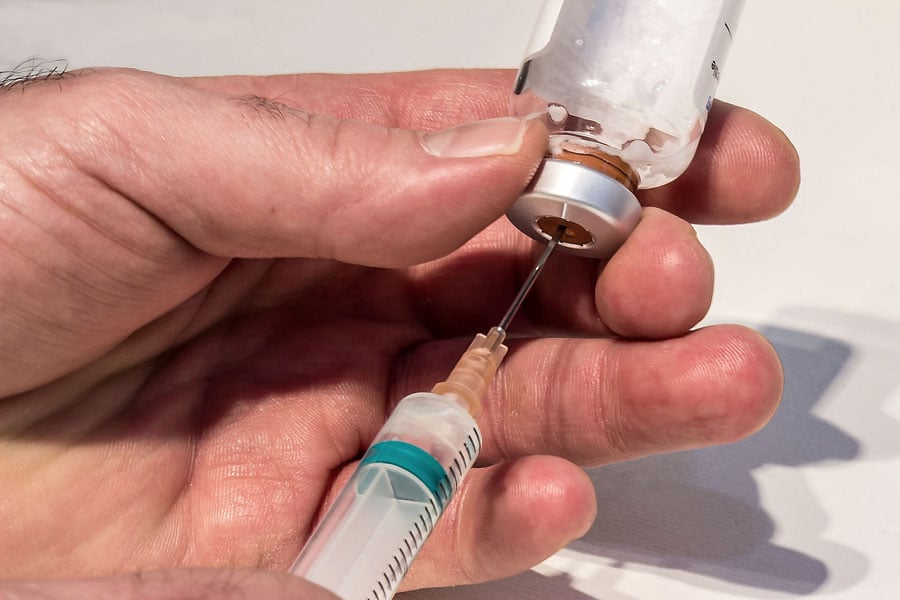
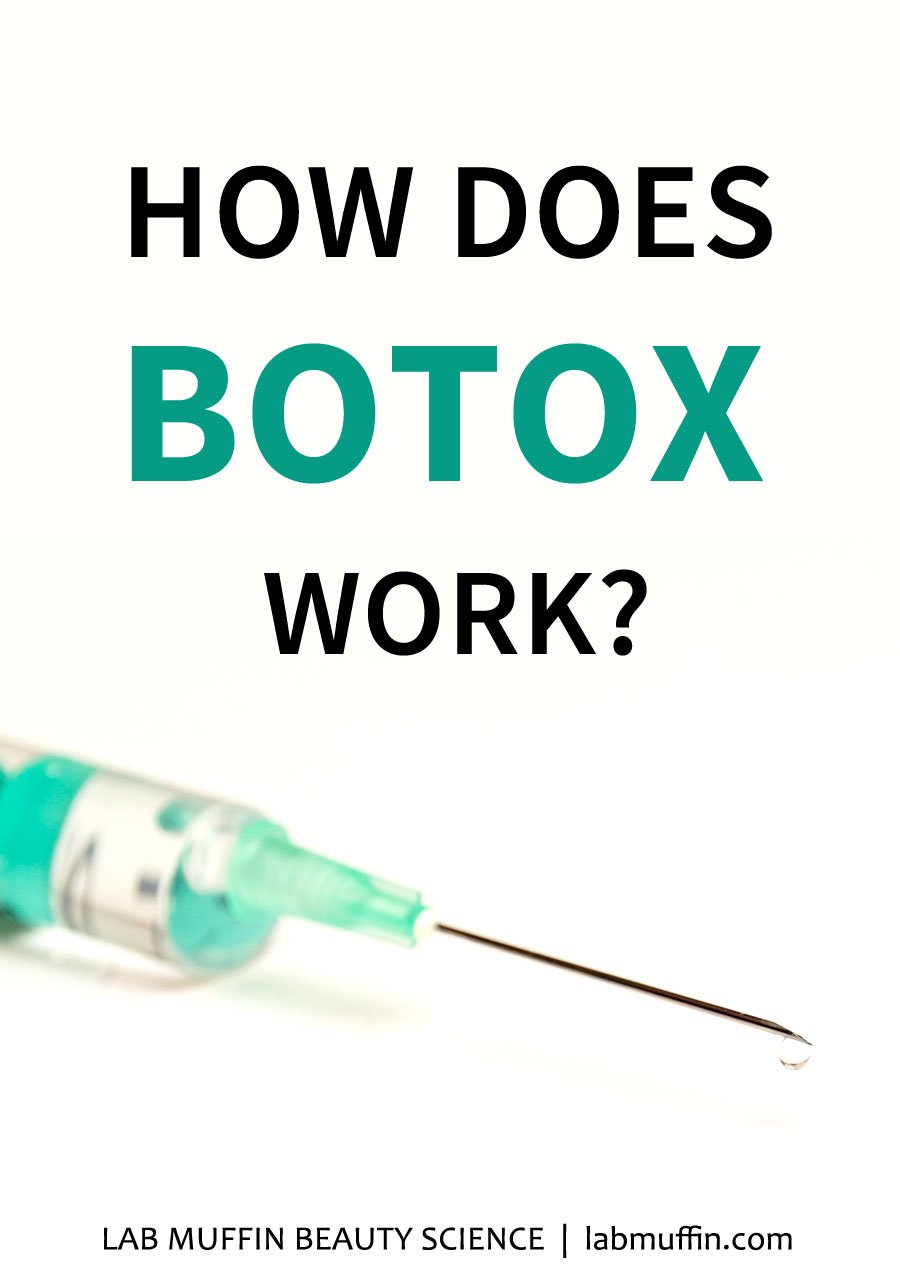


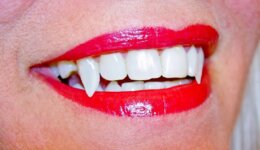
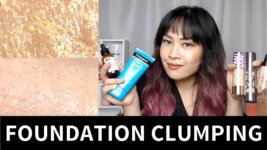
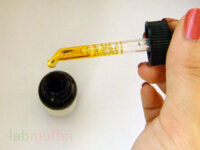
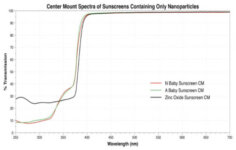
Interesting that you mention a difference between male and female muscle, it makes me wonder, is there much difference between male and female skin? I’ve read male skin is about 25% thicker and that it loses collagen slower than female skin. Does that mean you’d need stronger actives to penetrate deeper? I’d love a blog post about the differences, I’m sure I’m not the only guy who reads your stuff!
I did some reading around Botox for jaw grinding and there seem to be some pretty nasty recorded side effects in terms of bone density loss. Do you know anything that would back up or contradict that?
I had a look and it seems like it’s based on a handful of animal studies and one preliminary study on a very small sample of people where the bone density in people whose TMJ was treated with botox was compared with the bone density in people with TMJ who underwent no treatment. There wasn’t a comparison with people without TMJ, so it could well be that botox returned jaw density to normal with the reduced stimulation…
I like your blog and I’ve been reading your well researched articles for many years.
However, I think in the case of Botox, the animal testing must be mentioned.
Each batch is tested for its toxicity, aka used to see how much of it is LD50 in mice.
I know your blog is not generally a cruelty free blog, and I still love to read your articles. But I think every potential botox user should be aware of the massive animal killing that stands behind the botox beauty industry. It would be kind if you could include the information on animal testing in this specific case, as it would probably put off some (potential) users knowing that for a bit of muscle relaxation they support this system.
I see where you’re coming from but I don’t think it would make a big difference to be honest. Non-vegans are contributing to far more animal death through their diet than through botox, where they’re responsible for a fraction of a rat life every 3 months. Vegans would be able to find this information on other sites before getting it done.
I agree. It’s one of the most cruel beauty product, if not THE most. I’m amazed how many bloggers, youtubers etc who think cruelty free is very important, do use botox. People who are angry cosmetics brands start animal testing because of selling their products in Asia, do use botox. Even Paula Begoun uses it, even though she’s very proud of her cosmetics brand being cruelty free.
But I also think Michelle has a point. On the other hand, no one ever mentions this about botox, so it would be nice if someone would.
I also think that only a very few people know this, mostly those who are in any way related to (bio) chemistry and the way cosmetics are made.
By the way, I’m not saying people should’t use it. Especially when you’re suffering from migraines etc. But to prevent some wrinkles????
I get botox injections for my migraines and it’s more or less a cure. Some of the injections are on my fore head and I can no longer move my eyebrows which makes them expressionless. I also found after my very first injections my eyebrows felt sort of heavy, like they weighed a ton.
For migraine prevention and treatment I have roughly 30 injections, a total of 4ml is used, and I can assure you that there is very little pain.
@Mandy if you are using Botox to help with your migraines why are you being injected in the eyebrow area? There are other areas around the head and neck where it is far more effective for treating headaches and migraine. Unless of course you want the botox for it’s usual effect and the migraine treatment is just a bonus?
Excellent information! Thanks! ?
Wow lots of great information going to pass it on.
I didn’t know that Botox worked by making your face muscles relax. I had always thought that it filled the face. I have really bad crows feet so I’ve been looking into cosmetic treatments; I may have to try botox.
Nope, fillers are a whole different ballgame 🙂
My older sister is getting married in a few weeks. My mother is really excited but she mentioned that she’d love to do something about her crows feet. It was interesting that you mentioned that a botox treatment can last around 3 to 5 months. I’m sure my mom will love this.
This is some really good information about Botox, and how it works. My mother has been thinking about getting some botox treatments. I liked that you pointed out that it would be smart for her to get an experienced professional do the injections for her.
This is some really good information about botox skincare. It is good to know that botox stops the nerves from releasing acetylcholine. That is a good thing for me to know because my mother has been thinking about using it soon.
This is some really good information about Botox. It is good to know that it will last for 3 to 5 months. That is good to know if you want to get some injection therapy.
Awesome!!
Great Information . Thanks for sharing!!!!!
Great article!!!
Thanks for share this information. Waiting for next blog.
Great Post!!!!
Thanks for share this information. waiting for next blog.
I never knew that botox can be used to treat a person’s excessive sweating condition until you mentioned it. This reminds me of my friend, who’s been trying to find a solution for a while now. Maybe I should let her read your article and decide if she’ll undergo botox treatment or not.